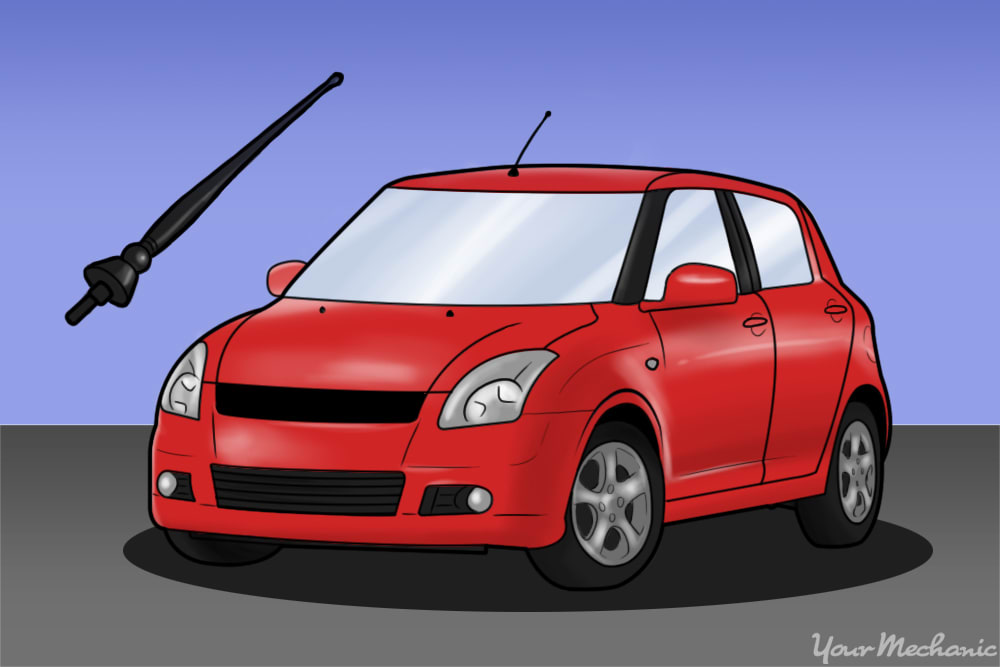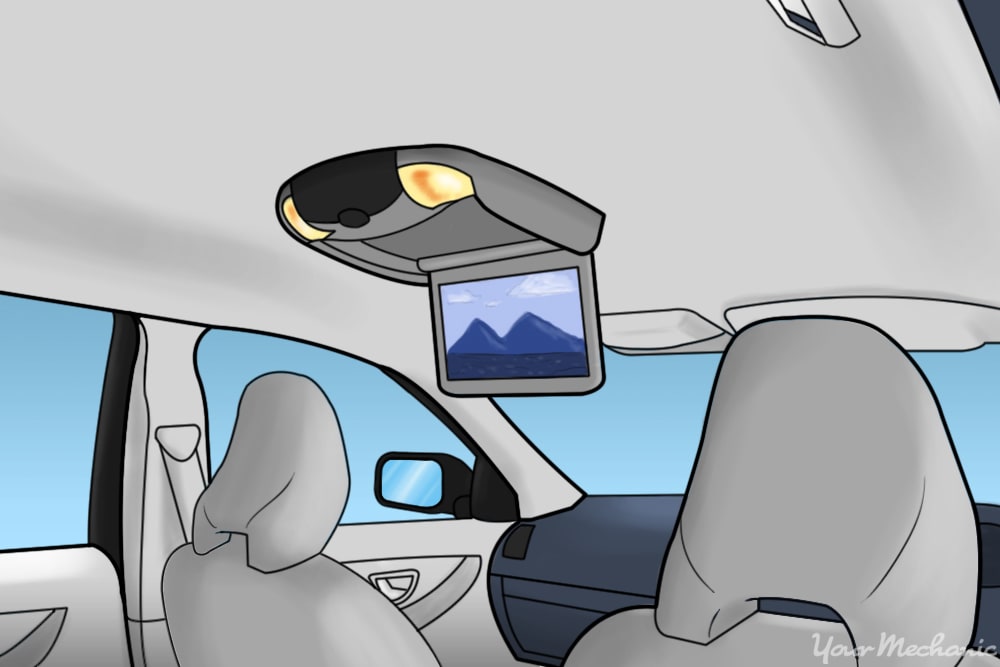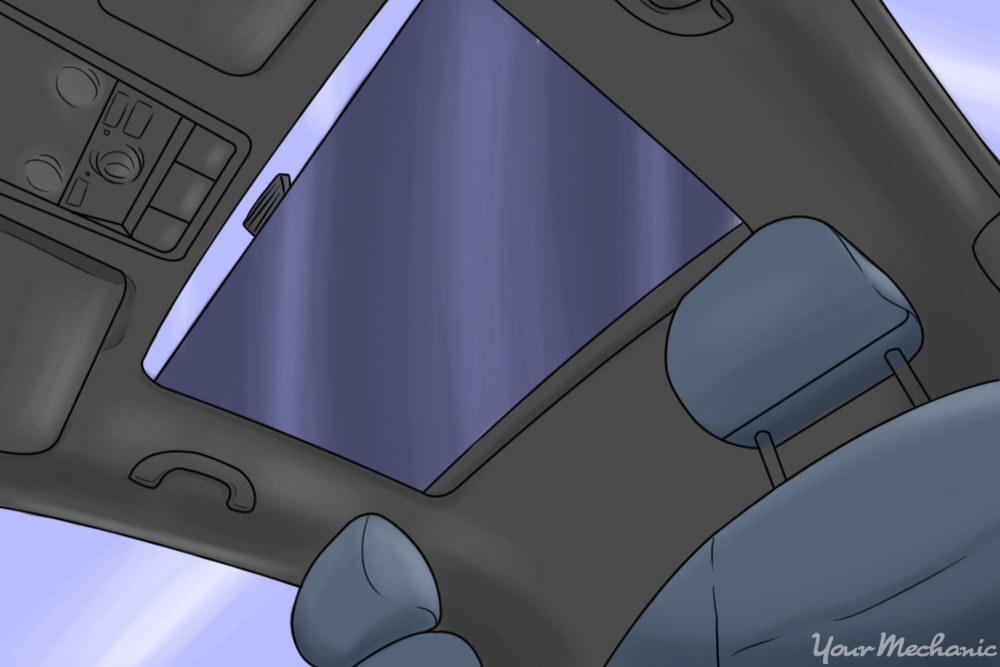

One of the most popular vehicle options in recent years are sunroofs. There are several styles in the marketplace including sliding glass sunroofs, tilting sunroofs, and panoramic sunroofs.
A sunroof can either be manually operated or motorized with an electric motor. A manually-operated sunroof simply lifts or tilts from the closed position to allow fresh air to circulate in the car. A sunroof equipped with an electric motor typically has one or more functions that operate with the press of a button including tilting, sliding to the open position partway or fully, and closing partway or fully.
If your car was manufactured without a sunroof, it may still be possible to have one installed at a later time. Having a sunroof installed aftermarket is an intricate procedure that should only be attempted by a professional.
When a sunroof is installed after the vehicle has been built, there are significant changes in store for your car, including cutting, reinforcement, sealing, as well as wiring and accessory changes.
Determining your vehicle’s eligibility for a sunroof installation, finding a suitable sunroof style, and selecting a reputable sunroof installer are paramount to a proper sunroof installation.
- Warning: Check with your manufacturer prior to your sunroof installation to determine how it may affect your vehicle’s warranty.
Part 1 of 3: Determine if a sunroof can be installed in your vehicle
Some vehicles may not be suited to an aftermarket sunroof installation based on the vehicle design. If there are roof supports, roof-mounted accessories, or overhead storage bins, it may not be feasible to have a sunroof installed, as this could permanently disrupt other functions or weaken the roof’s integrity.
Step 1: Assess any roof-mounted accessories on your car. Accessories that are mounted to the roof will likely need to be relocated.
If, for example, there is an antenna mounted on the roof above the driver and front passenger area, it will need to be relocated if a sunroof is going to be installed.
Step 2: Assess interior space. Ensure that the space inside the vehicle is sufficient for a sunroof.
The typical sunroof glass is roughly 18 inches wide. Allow an extra 3 inches for hardware and installation materials around the sunroof, so if there is a roof-mounted DVD player or overhead storage bins, measure to determine that there is enough room.
Step 3: Check availability for sunroofs on your car. Check an online configurator to determine if sunroofs are manufactured for your specific vehicle.
Look on sunroof manufacturer websites such as Webasto to see if a sunroof is listed for your vehicle.
Step 4: Search for local installers. Perform a web search for sunroof installers in your city.
Step 5: Reach out to local installers. Contact local sunroof installers to find out if they can install a sunroof in your vehicle.
Part 2 of 3: Find a suitable sunroof style for your vehicle
Not every sunroof style can be used on every vehicle, and these will vary in versatility and price. You’ll need to determine which one suits your application.
Step 1: Determine the type of sunroof you want. There are three main styles of sunroofs available for aftermarket installation from which you can choose..
Here is a way to help you make sense of them:
Step 2: Consider how much you want to spend. Determine how much you want to invest in a sunroof installation for your vehicle.
Step 3: Determine which style your vehicle can accept. Not every option can be installed in every car, so you’ll need to figure out what will work for yours.
Use an online tool, such as Webasto, to determine which styles you can choose from by entering your vehicle’s information.
Step 4: Decide on a sunshade style. Your vehicle may be able to accept a variety of different sunroof styles, and there may be different sunshade styles available for each type of sunroof.
You’ll need to select either a rolling cover, typically a perforated vinyl rolled sheet, or a sliding sunshade, which is wrapped in a fabric matching your vehicle’s headliner color that completely blocks the light from your sunroof.
Part 3 of 3: Find a sunroof installer
Because installing a sunroof involves cutting the sheet metal on your roof and connecting your sunroof’s electrical components to power, installation should only be done by professionals.
Step 1: Reach out to local body shops. Contact local body shops to find out if they install aftermarket sunroofs.
- Tip: Check with the body shop at your vehicle manufacturer’s dealership. They know your vehicle well and could be the best place to have your sunroof installed.
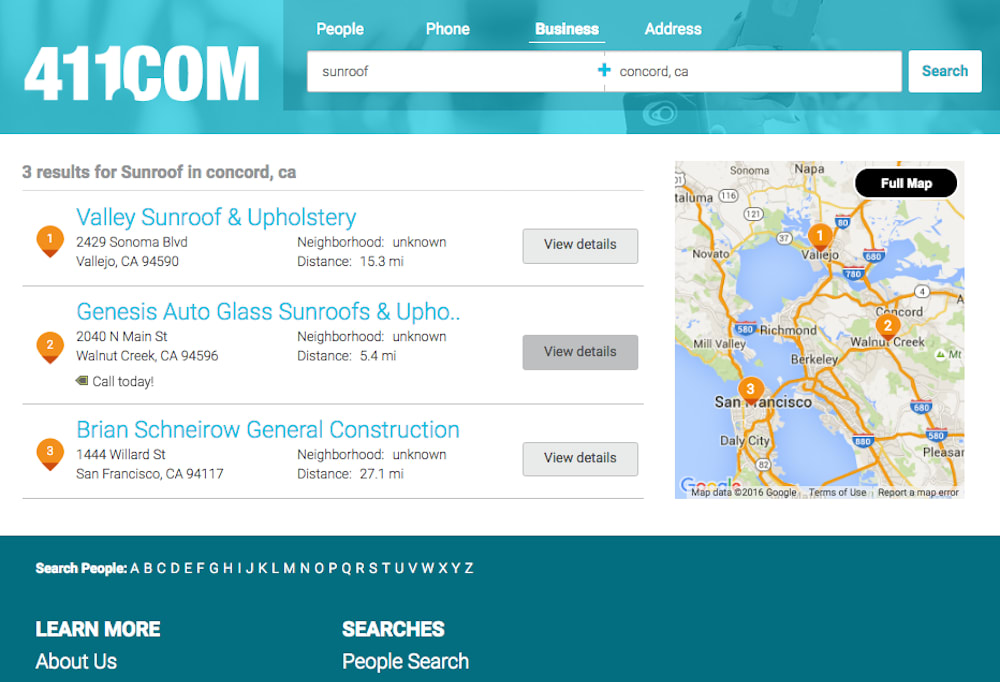
Step 2: Check the phone book or online listings for local sunroof installers. One way to find an installer is by checking phone or online listings, such as 411.com.
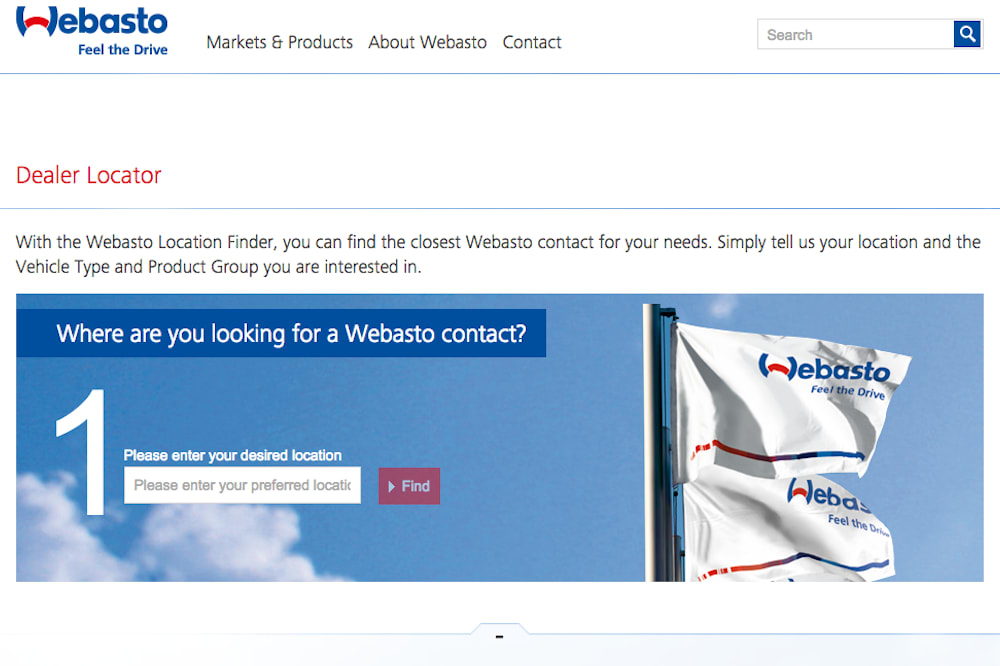
Step 3: Go through sunroof manufacturers to find dealers. Check the website of popular sunroof manufacturers for dealer locater tools.
Sources such as Webasto have dealer locater tools on their website to help you find one of their trusted installation facilities near you.
Step 4: Request examples of previous work. Ask to see pictures of their installations or for references from previous customers.
A reputable installer will have no problem sharing their successes with you.
A sunroof installation can add value to your vehicle as well as comfort. Choose a sunroof installer that stands behind their work. Confirm the parts and labor warranty with the installer to be sure they will back their product and craftsmanship, and if you have any issues with your sunroof, then get an estimate for its repair and have one of our certified mechanics perform an inspection.



